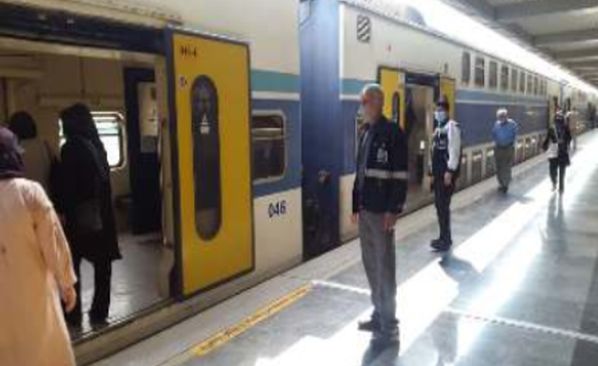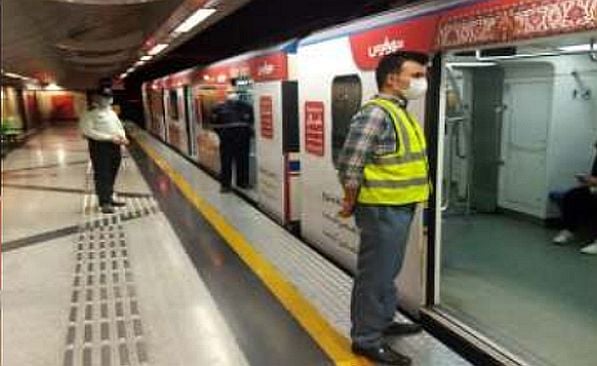THE CEO of Tehran Urban and Suburban Railway Operating Company, Mr Ali Abdollahpour, says the backlog in overhauling metro trains and double-deck push-pull trains operating on Line 5 has reached a critical situation which is affecting the operation of the network.
“After more than 23 years of operating Tehran metro, a very large volume of active fleets in the seven metro lines are facing an emergency situation by exceeding the allowable limit for overhaul,” Abdollahpour says. “By the end of October this year, 35% of metro trains and more than 75% of the Line 5 fleet has passed the permitted limit for overhaul. At present, 161 trains are active on the seven metro lines, some of which have accumulated more than 900,000km of operation and must be overhauled, but due to the lack of replacements, we are continuing to use these trains.”
Tehran metro estimates it needs Rials 7 trillion ($US 166.5m) up to 2024 to catch up with the maintenance backlog. But Abdollahpour points out that Tehran Metro is unique in that the Iranian government only covered 1% of operating costs in 2020, with the Municipality of Tehran covering 85%, and passenger fares the remaining 14%. Abdollahpour fears this situation is unlikely to change as there is a lack of funds in the national budget, while Tehran Municipality is unable to increase its payments, and passenger traffic has been adversely affected by the coronavirus pandemic.
“This lack of liquidity due to the instability of currency prices and high costs of overhauling the metro fleet, which needs to source some of its parts from abroad, has faced the massive fleet with an emergency in the last two years,” Abdollahpour says.

Abdollahpour says out that the overhaul of six metro trains and three coaches for Line 5 is currently underway, while 33 double-deck coaches and 12 locomotives have been taken out of service due to a lack of parts.

